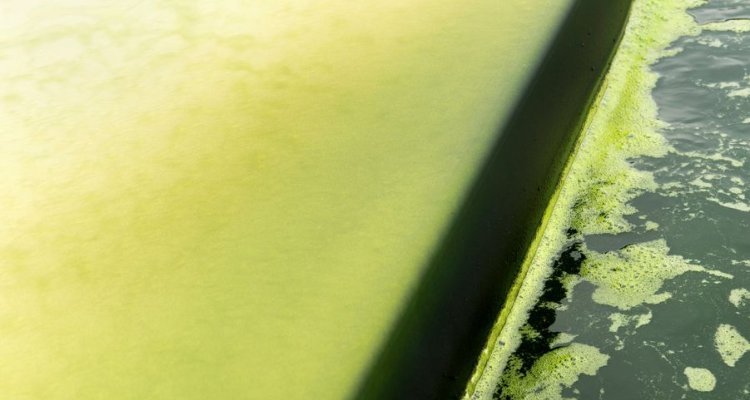
Project
SLAM-DUNK: From aquaculture sludge to microalgae - a value chain assessment
Year after year, the Norwegian seafood industry establishes new records in exporting seafood. The Norwegian government's goal for the future is ambitious: becoming a leading seafood nation with 5 million tonnes of sustainable aquaculture production in 2050. The salmon and rainbow trout biomass production of 2017 was 1.3 million ton with a corresponding sludge volume of 2.1 million ton. By 2050 the sludge volume is predicted to reach 11 million ton. This huge amount of generated sludge can be considered a showstopper for regarding sustainability. So far, most focus on valorisation of fish waste is on waste streams occurring in fish processing industry. However, from an environmental perspective fish sludge should not be left to decompose, as CO2 is released into the atmosphere during this decomposition and thereby contributing to the net carbon footprint. Moreover, the high supply of organic material from fish sludge to Norwegian fjords leads to anaerobic bacteria to flourish, leading to many problems such as loss of benthic life and even increased disease pressure for aquaculture. It is therefore essential to capture the sludge and search for sustainable value chains for processing.
The SLAM-DUNK project aims to develop a sustainable value and logistics chain for the conversion of fish sludge into valuable products, based on designing, optimizing, and integrating a combination of novel technologies (anaerobic digestion, microwave assisted pyrolysis, and microalgae). This highly transdisciplinary project will not only focus on technology development, but also develop an optimal value chain for the use of sludge from fish production to potential products for several sectors such as architecture, consumer goods, and textile.
The focus of the PhD project is on optimizing microalgae cultivation on residual streams from aquaculture directly (dirty water from RAS and semi-closed systems) and from digester liquid from an anaerobic digestion (AD) process which is used as first treatment step of the aquaculture residual sludge. We hypothesize that both residual streams can be used as cultivation medium, and in combination with the right reactor type can be used for effective algae cultivation and bioremediation. These insights are the basis for the value chain evaluation. How sustainable are the proposed value chains from fish sludge collection until product use? In SLAM-DUNK we will use a systematic integrated approach to evaluate the potential of the suggested value chains with regard to logistics performance and sustainability and optimise the valorisation options.